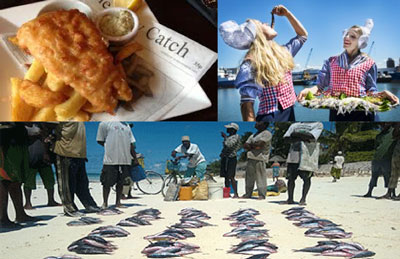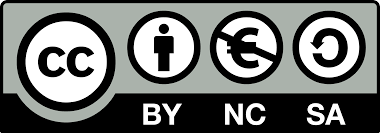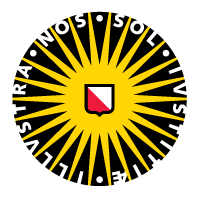Colofon
Het arrangement Fishery is gemaakt met Wikiwijs van Kennisnet. Wikiwijs is hét onderwijsplatform waar je leermiddelen zoekt, maakt en deelt.
- Auteur
- Laatst gewijzigd
- 2024-11-14 11:32:10
- Licentie
-
Dit lesmateriaal is gepubliceerd onder de Creative Commons Naamsvermelding 4.0 Internationale licentie. Dit houdt in dat je onder de voorwaarde van naamsvermelding vrij bent om:
- het werk te delen - te kopiëren, te verspreiden en door te geven via elk medium of bestandsformaat
- het werk te bewerken - te remixen, te veranderen en afgeleide werken te maken
- voor alle doeleinden, inclusief commerciële doeleinden.
Meer informatie over de CC Naamsvermelding 4.0 Internationale licentie.
Aanvullende informatie over dit lesmateriaal
Van dit lesmateriaal is de volgende aanvullende informatie beschikbaar:
- Toelichting
- The ocean is a valuable resource for food and income. All countries and cultures have their own traditions when it comes to eating fish or fishing. Overfishing has led to a decrease in the diversity of sea life; damaging coral and diminishing certain types of fish and other sea animals. Fishing links very closely to the daily lives and diets of students. In this activity students are asked to investigate the case of dynamite fishing in Tanzania. This activity is multi- and interdisciplinary with a base in physics, chemistry and biology. During the tasks students will find out more about sound waves, connect biological consequences to physical changes and understand how chemical characteristics attribute to physical phenomena
- Leerniveau
- VO;
- Leerinhoud en doelen
- Biologie; Scheikunde; Dieren; Maatschappijleer; Horeca; Natuurkunde;
- Eindgebruiker
- leraar
- Moeilijkheidsgraad
- gemiddeld
- Studiebelasting
- 1 uur 40 minuten
- Trefwoorden
- icse_en/about/index.php?language=0, masdiv_en
Gebruikte Wikiwijs Arrangementen
Freudenthal Instituut. (z.d.).
Sjabloon [NIET WEGGOOIEN OF AANPASSEN!]
https://maken.wikiwijs.nl/207790/Sjabloon__NIET_WEGGOOIEN_OF_AANPASSEN__





 Universiteit Utrecht
Universiteit Utrecht